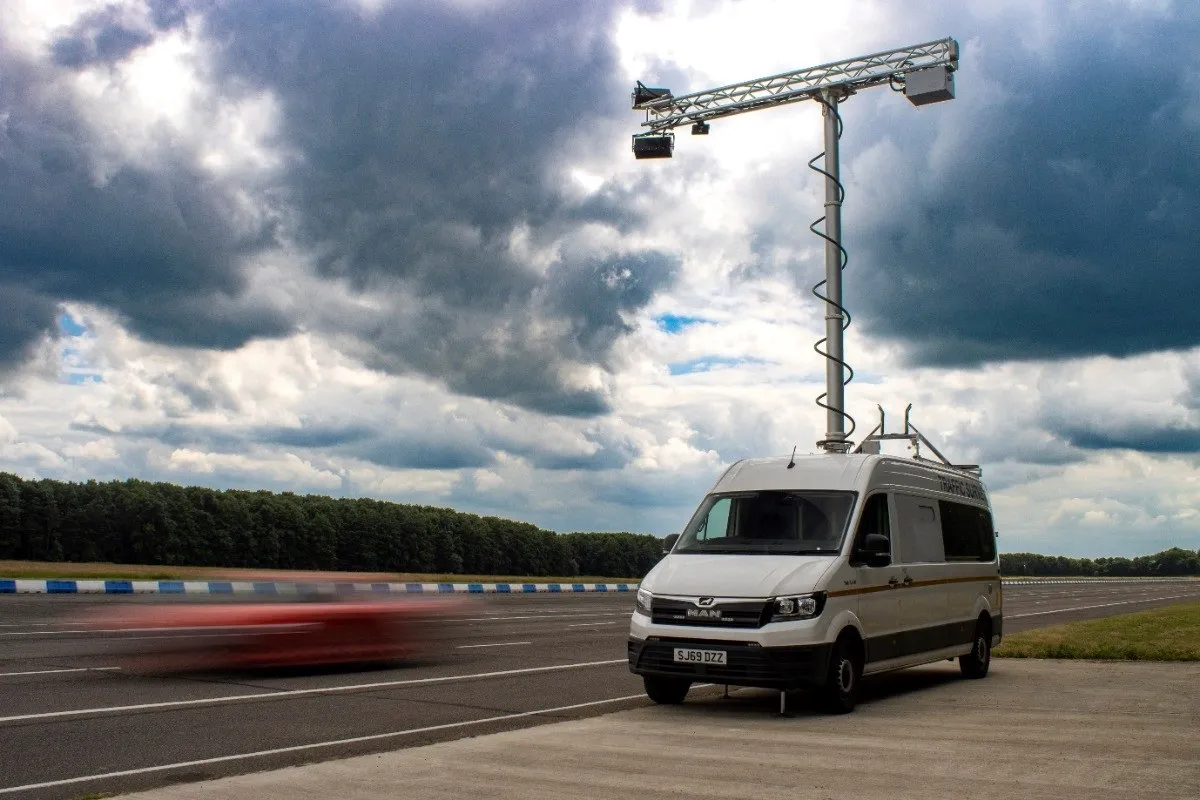Research for the RAC’s Report on Motoring 2016 has revealed that for some, attitudes towards handheld mobile use have worryingly relaxed over the last two years.
The proportion of people who feel it is acceptable to take a quick call on a handheld phone has doubled from seven per cent in 2014 to 14 per cent in 2016 and the percentage of drivers who feel it is safe to check social media on their phone when in stationary traffic, either at traffic lights or in congestion, has increased from 14 per cent in
September 15, 2016
Read time: 4 mins
Research for the RAC’s Report on Motoring 2016 has revealed that for some, attitudes towards handheld mobile use have worryingly relaxed over the last two years.
The proportion of people who feel it is acceptable to take a quick call on a handheld phone has doubled from seven per cent in 2014 to 14 per cent in 2016 and the percentage of drivers who feel it is safe to check social media on their phone when in stationary traffic, either at traffic lights or in congestion, has increased from 14 per cent in 2014 to 20 per cent in 2016.
The percentage of drivers who said it was not acceptable to take a quick call at the wheel has correspondingly fallen six per cent from 84 per cent in 2014 to 78 per cent today.
The percentage of drivers who admit to having used a handheld mobile phone while driving has risen to 31 per cent compares to just eight per cent in 2014, while the proportion of drivers who admit to sending a text, email or posting on social media has risen to 19 per cent today compared to seven per cent just two years ago, while 14 per cent of drivers admit to taking photographs or videos while at the wheel.
The survey of 1,714 drivers found that seven per cent said they did it because they could get away with it, while 23 per cent said that it was in an emergency, 21 per cent said they ‘needed information for their journey’. However, 12 per said they were in the habit of doing so and eight per cent said it was because ‘everyone else does it’.
Research by the Transport Research Laboratory found that drivers using a handheld mobile phone had reaction times 30 per cent slower than those who had exceeded the current drink drive limit. Data from the1837 Department for Transport also show that in 2014 a driver impaired or distracted by their mobile phone was identified as a ‘contributory factor’ in 21 fatal road accidents, 84 serious and 387 slight accidents in the UK.
RAC road safety spokesman Pete Williams said: “There is clear evidence that the illegal use of handheld phones by drivers to talk, text, tweet, post, browse and even video call is, if anything, on the increase.
“It is alarming to see that some drivers have clearly relaxed their attitudes to the risks associated with this behaviour but more worryingly is the increase in the percentage of motorists who actually admit to using a handheld device when driving. The fact that drivers have little or no confidence that they will be caught when breaking these laws is a likely contributor to the problem and it is sadly the case that every day most road users see other drivers brazenly using their handheld phones when in control of a vehicle – a sight which should be a thing of the past.
“The use of handheld mobile phones is the biggest road safety concern among motorists today.”
The Government is due to unveil the results of its consultation on higher penalties for handheld mobile phone use and it seems likely they will announce that the minimum fine for non-HGV drivers will increase from £100 to £150 and penalty points will increase from three points to four and from three to six points for HGV drivers.
However, whilst welcoming these changes, the RAC is concerned that without sufficient roads policing officers to carry out enforcement this may still do little to tackle the problem.
It is calling for a ‘cultural change’ and investment in a high profile publicity campaign to drive home the dangers of using a handheld mobile phone at the wheel and is calling for an end to cuts to dedicated roads policing and urges the Government and chief constables to give greater priority to enforcement of road traffic laws.
“The RAC is also calling on the Government to invest in a high profile awareness campaign to highlight the danger of using a handheld phone at the wheel and to drive home the message that it simply won’t be tolerated,” said Williams.
The proportion of people who feel it is acceptable to take a quick call on a handheld phone has doubled from seven per cent in 2014 to 14 per cent in 2016 and the percentage of drivers who feel it is safe to check social media on their phone when in stationary traffic, either at traffic lights or in congestion, has increased from 14 per cent in 2014 to 20 per cent in 2016.
The percentage of drivers who said it was not acceptable to take a quick call at the wheel has correspondingly fallen six per cent from 84 per cent in 2014 to 78 per cent today.
The percentage of drivers who admit to having used a handheld mobile phone while driving has risen to 31 per cent compares to just eight per cent in 2014, while the proportion of drivers who admit to sending a text, email or posting on social media has risen to 19 per cent today compared to seven per cent just two years ago, while 14 per cent of drivers admit to taking photographs or videos while at the wheel.
The survey of 1,714 drivers found that seven per cent said they did it because they could get away with it, while 23 per cent said that it was in an emergency, 21 per cent said they ‘needed information for their journey’. However, 12 per said they were in the habit of doing so and eight per cent said it was because ‘everyone else does it’.
Research by the Transport Research Laboratory found that drivers using a handheld mobile phone had reaction times 30 per cent slower than those who had exceeded the current drink drive limit. Data from the
RAC road safety spokesman Pete Williams said: “There is clear evidence that the illegal use of handheld phones by drivers to talk, text, tweet, post, browse and even video call is, if anything, on the increase.
“It is alarming to see that some drivers have clearly relaxed their attitudes to the risks associated with this behaviour but more worryingly is the increase in the percentage of motorists who actually admit to using a handheld device when driving. The fact that drivers have little or no confidence that they will be caught when breaking these laws is a likely contributor to the problem and it is sadly the case that every day most road users see other drivers brazenly using their handheld phones when in control of a vehicle – a sight which should be a thing of the past.
“The use of handheld mobile phones is the biggest road safety concern among motorists today.”
The Government is due to unveil the results of its consultation on higher penalties for handheld mobile phone use and it seems likely they will announce that the minimum fine for non-HGV drivers will increase from £100 to £150 and penalty points will increase from three points to four and from three to six points for HGV drivers.
However, whilst welcoming these changes, the RAC is concerned that without sufficient roads policing officers to carry out enforcement this may still do little to tackle the problem.
It is calling for a ‘cultural change’ and investment in a high profile publicity campaign to drive home the dangers of using a handheld mobile phone at the wheel and is calling for an end to cuts to dedicated roads policing and urges the Government and chief constables to give greater priority to enforcement of road traffic laws.
“The RAC is also calling on the Government to invest in a high profile awareness campaign to highlight the danger of using a handheld phone at the wheel and to drive home the message that it simply won’t be tolerated,” said Williams.










